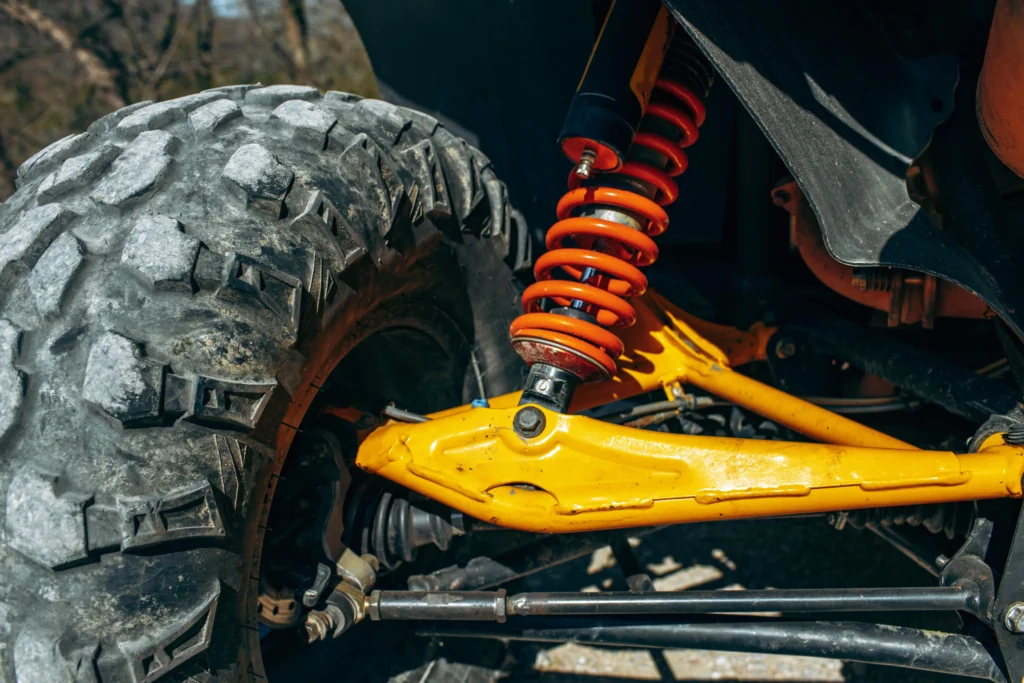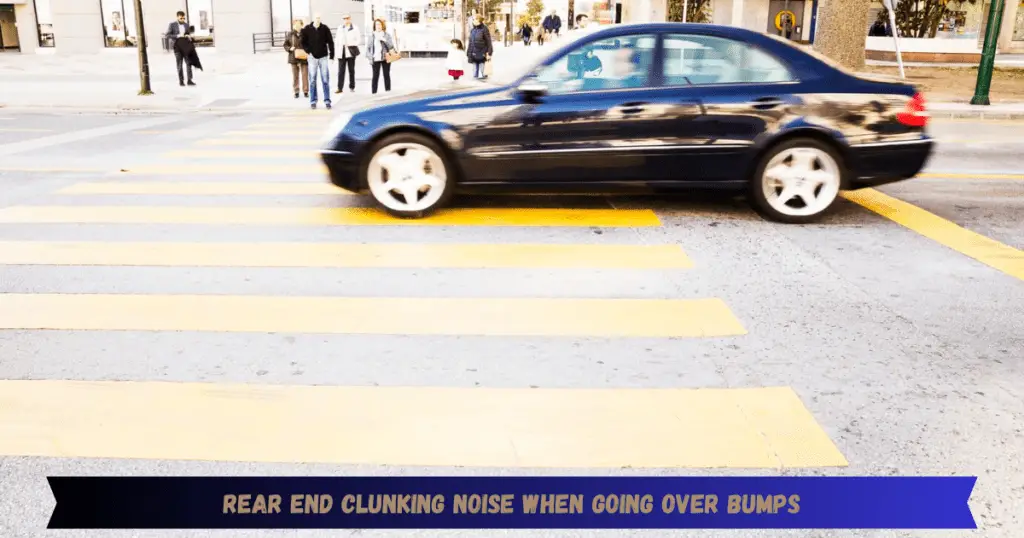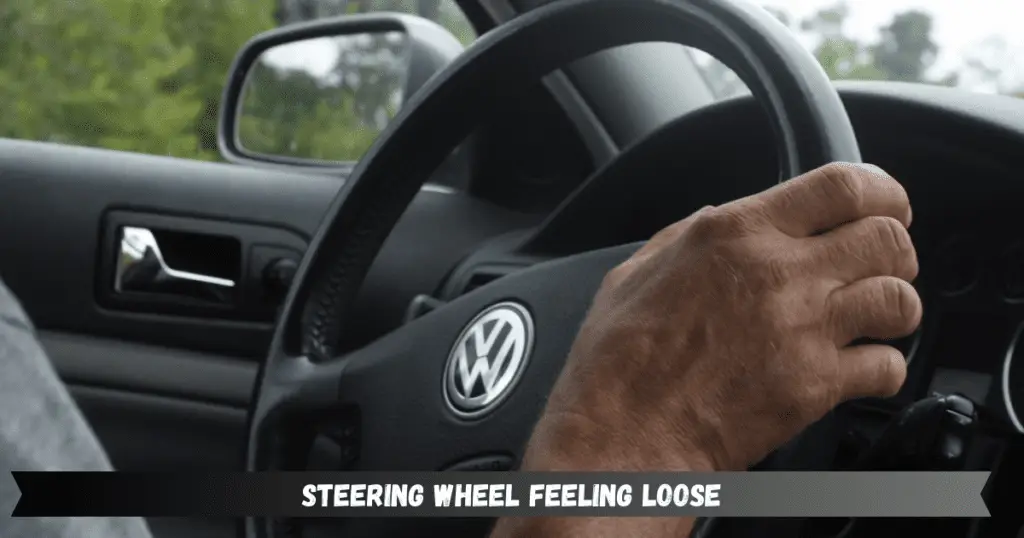If you’ve noticed some questionable noises or handling from your vehicle lately, your struts may be on their way out. How Long Can You Drive With Bad Struts before catapulting your car into a ravine? This critical question demands a comprehensive answer.
While a small strut leak likely gives you a few hundred miles, significant leaks or odd handling mean it’s time to call the mechanic. Still, it pays to understand these key suspension components, especially if you enjoy cruising country backroads at questionable speeds.
Grab some coffee and settle in as we cover everything you need to know about busted struts, from muffler-rattling symptoms to comical temporary fixes. You’ll even learn why driving with kaput struts resembles belly-flopping into a pool.
Here’s what we’ll cover in this exhaustively thorough guide:
- What the Heck Do Struts Do, Anyway?
- How Long Before Snapped Struts Send You Off-Roading?
- Temporary Solutions to Get You Home
- Consequences of Waiting Too Long
- Strange Noises that Mean Strut Trouble
- FAQs About Decrepit Struts
And plenty more! Let’s start with Struts 101.
What the Heck Do Struts Do, Anyway?
Before discussing drive times for busted struts, it helps to understand what they do when operating properly.
Essentially, struts are shock absorbers integrated into the actual suspension system. They attach to the body and wheel hub, cushioning impacts to provide a smoother, safer ride.
Here are some key strut functions:
- Absorb bumps, potholes, and other road abnormalities
- Keep the tires firmly on the road over uneven surfaces
- Limit bouncing after hitting bumps
- Allow wheels to maintain proper alignment when turning
- Support vehicle weight and hauling capacity
- Influence ride height
- Reduce wear on suspension bushings and ball joints

When struts start to fail, you lose these crucial benefits. Your vehicle’s handling, braking, stability, and control all suffer. It’s unpleasant and outright hazardous.
Now, let’s get to that pressing question.
How Long Before Snapped Struts Send You Off-Roading?
This depends entirely on the extent of the damage. There’s a big difference between a small oil leak and completely busted struts.
For minor leaks: You likely have 200-500 miles. The struts still provide some functionality at this point. However, you may notice a decline in handling that gets progressively more dramatic. Don’t dawdle too long.
For completely blown struts: It’s risky to drive at all once they fail. You’ll experience a mouthful of handling nightmares we’ll cover shortly. Call for a tow unless the mechanic shop is extremely close.
Regardless of your strut woes, driving cautiously on smooth roads buys you a little extra time. Aggressive maneuvers accelerate their decline.
Now for the pressing question: What ominous signs suggest your struts are busted?
Temporary Solutions to Get You Home
Look, replacing worn struts right away is the wise move for safety’s sake. We can all agree.
But reality sometimes interferes with the best intentions. If you’re in a tight financial spot or far from help, a temporary fix might get you home safely while you arrange repairs.
Mind you, these solutions come with significant risks. Don’t drive at high speeds, brake aggressively, or attack corners.
That huge disclaimer aside, here are two temporary strut hacks:
Use Helper Springs
How Long Can You Drive With Bad Struts? Helper springs sit on top of your existing coil springs to offer extra support when the struts fail. They likely won’t restore that velvety smooth ride but can improve handling.
The problem: Tricky to install properly, and you still have safety concerns. Plus they accelerate wear on tires and other components. Better than nothing though!
Helper springs provide temporary assistance but hasten other component wear
Carefully Drive in Reverse
How Long Can You Drive With Bad Struts? When struts leak badly or snap entirely, they stop limiting compression on the springs. This allows excessive bouncing that radically alters handling.
However, driving backward can mitigate this effect somewhat. The weight distribution change causes less dramatic nose-diving and brake bias on the rear wheels.
We repeat, only drive slowly and deliberately in reverse if desperate. The handling will still feel “off,” so don’t get overconfident with this sketchy trick.
Carefully driving backward shifts weight off busted front struts
With those dubious suggestions noted, how long until catastrophically failed struts become an obvious issue?
Consequences of Waiting Too Long
Few suspension problems introduce as many handling gremlins as broken struts. Their failure cascades into numerous issues that only worsen over time:
Longer braking distances – Excessive nose diving hampers weight distribution, decreasing front brake effectiveness. This extends stopping distances.
Difficult steering control – Unstable weight transfer makes it harder to steer smoothly. The tires easily lose grip, forcing constant corrections.
Intense vehicle sway – Without struts controlling body roll, vehicles tip violently when cornering. Especially risky for top-heavy SUVs.
Rougher overall ride – Hitting bumps and dips causes jarring, prolonged bounce cycles. Kiss that former cloud-like luxury goodbye!
Increased component wear – The bouncing forces extra strain on ball joints, wheel bearings, engine mounts, and other parts. Expect premature failure down the line.
Potential tire blowouts – Excess wear from bounce cycles and alignment issues eventually cause ruptured tires. Not great when zipping down the highway!
As you can see, driving long-term on broken struts ravages the rest of your vehicle. No component enjoys that violent shimmying and shaking. Prioritize that repair appointment!
Strange Noises that Mean Strut Trouble
How Long Can You Drive With Bad Struts? Suspension problems have a delightful way of announcing themselves through raucous noise and mayhem. Here are common strut failure warning sounds:
Hollow Knocking – Complete loss of oil causes strut internals to rattle loudly over bumps when they bottom out. Like banging pots together!
Squeaking – Rubber bushings surrounding struts can dry out and degrade from excessive movement. Their high-pitched protest squeals increase in pitch when turning.
Popping Under Compression – Overstressed and worn strut mounts clunk loudly when weight compresses the suspension (braking, acceleration, corners). Sounds like bubble wrap popping.
Rushing Air – Oil leaks due to blown seals create noticeable hissing noises when air passes through forming bubbles. The soundtrack of failure!
Don’t ignore these rowdy mechanical outbursts. Like temperamental opera singers, they’ll only grow louder and more disruptive over time. Quiet them with fresh struts.
Now for some rapid-fire FAQs before we wrap this up!
FAQs About How Long Can You Drive With Bad Struts
Is it safe to drive with bad struts?
No. Severely compromised handling, braking, and stability all diminish safety. Get them replaced ASAP.
Is it OK to drive with a leaking strut?
For a short time, handling seems unchanged. But deteriorating struts can fail without warning.
How long can you go without replacing struts?
The best practice is to replace them at 50,000 miles or when you notice issues. Some last up to 100,000 miles if well-maintained.
How do I know if my struts are bad?
Listen for knocking noises over bumps. Inspect for oil leaks around the shaft. Check for bouncing after hitting bumps or uneven braking nose dives.
What do worn struts sound like?
Knocking when bottoming out, popping from loose mounts, squeaking bushings, and air hissing from leaks indicate wear.
What is the life expectancy of front struts?
Around 50,000-60,000 miles on average. Aggressive driving reduces this. Higher mileage is possible with smooth highway commutes.
How Long Can You Drive With Bad Struts – Let’s Recap!
Few car troubles impede day-to-day life like failing struts. Their deterioration introduces ride, handling, and safety issues that only worsen over hundreds of miles.
Have you noticed any symptoms we covered? Clicking strut mounts? Shocking bounciness? Hissing leaks? Address such problems before an inconvenient roadside breakdown!
Prioritizing that repair appointment retains control, and stability, and preserves your downstream suspension components.
How Long Can You Drive With Bad Struts? Here’s hoping your strut saga meets a quick, painless resolution. But if forced to limp a failing sedan to the shop, take it slow and easy! No all-wheel drifting until you replace those critical parts.
Happy Motoring!





